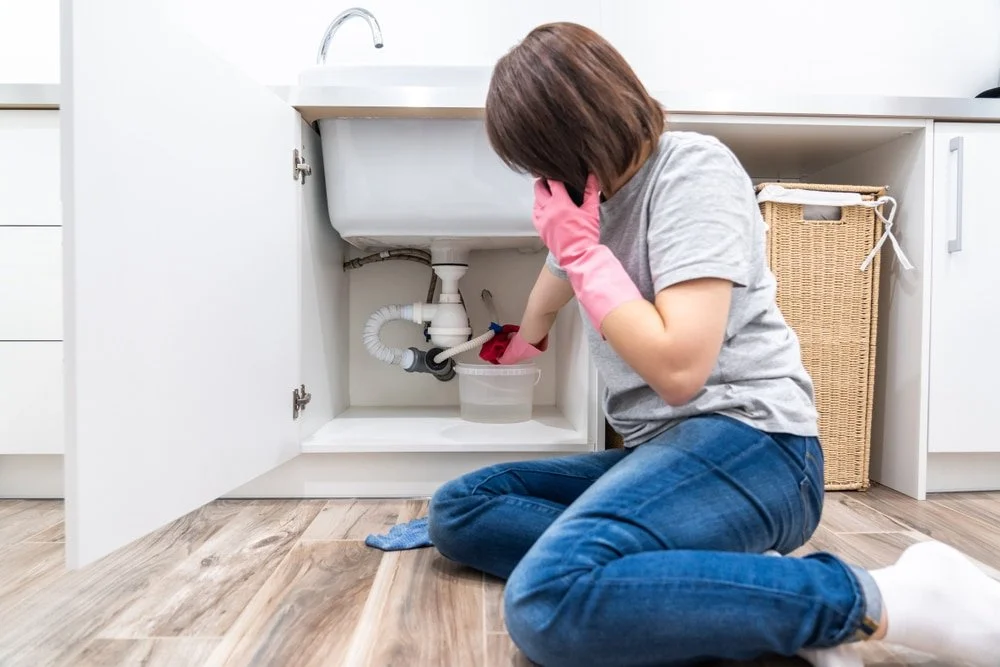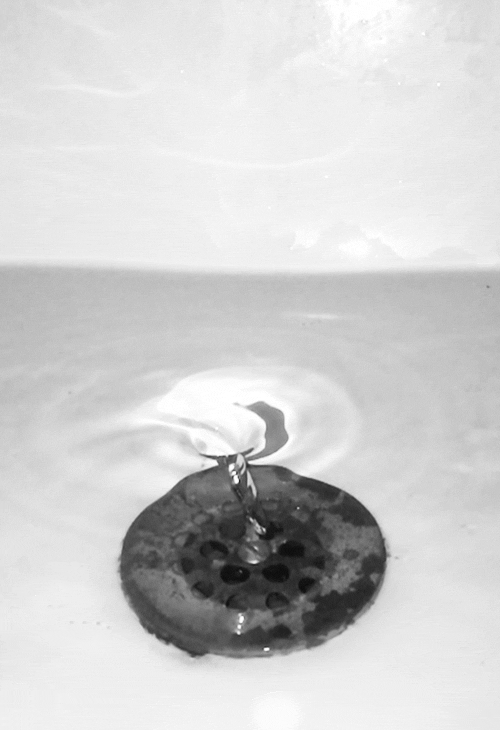The odds are great that your home will suffer water damage at some point.
The Insurance Information Institute says that about one in 50 homes has filed a water damage claim in recent years; an average of 30% of all insurance claims for water damage and freezing account for the second highest number of homeowners insurance claims overall — after wind damage.
The good news is that there are smart home products that can actually help limit or prevent water from wreaking havoc in your home. Devices like smart water leak detectors, smart water monitors, and smart water shut-off valves can alert you to water leaks and warn you in advance if something is drippy.
The basic solution: Smart water leak detector
This is the quickest, easiest, and least expensive way to protect your home and belongings from water damage.
These palm-sized sensors vary in shape and all work in the same way. You place them on the ground in a spot where you might experience a leak (think, around the water heater or clothes washer.) If things go pear-shaped, the water SHOULD make contact with the sensor, triggering it to send a notification to your phone. Some leak detectors have a sensor cord as well, allowing you to monitor a larger area.
Water leak detectors do have a few shortcomings compared with other available options, these detectors can only sense water that physically touches it. If water just flows around the detector or runs in a different direction — you just won the bad luck lottery.
The upgrade option: Smart water monitor
A smart water monitor offers a more comprehensive way to keep abreast of burgeoning plumbing catastrophes, and thankfully there are several models available, such as one that straps onto your water supply line, and one that is physically plumbed into your line.
These devices help monitor the flow of water in your pipes and can also detect changes in pressure. If water flows at too high of a rate or for too long, it will send you a notification to call for help.
As smart and refined as these devices seem to be, they too have limitations. For one thing, you can't use them in an apartment building or any dwelling where water lines are split between residences. Similar to water leak detectors, most water monitors can alert you to a problem but have no ability to stop the water flow.
The Porsche experience: Smart water-shutoff valve
The most useful — and most expensive and involved option — is a smart water-shutoff valve. More advanced versions of these devices combine the water-flow-sensing abilities of a smart water monitor with an electro-mechanical switch that can be triggered to physically stop your home’s main water supply if a pipe bursts or freezes.
At around $700, these devices are expensive, and a plumber needs to install them (though the whole process takes less than an hour). However, many home insurance companies offer a discount for installing one, as well as a potentially discounted or rebated price, so it’s possible to break even. Flo by Moen and Phyn Plus are two popular models. These devices rely on sophisticated AI software to interpret various types of water flows in your home and understand your pattern of water use. If the device detects an oddball change in water flow or pressure that is consistent with a leak or pipes beginning to freeze, you’ll be sent a smartphone notification and sometimes a suggestion of what the issue might be: ie; a running toilet or a faucet that has been left on. Depending on your preferences, these devices can be configured to completely shut off your home’s water supply if the potential leak hasn’t been resolved quickly (with both the Phyn and the Flo, you can opt-out of that setting, or use the app to turn your water back on at any time).
Because these devices rely on a bit of guesswork, they sometimes get things wrong, which can occasionally be a problem. For instance, if you are away from home and fail to notice a warning, your water may shut off, stranding someone at home who’s taking a late shower. We’ve also found that these devices can sometimes be over or under-sensitive. For instance, someone doing a load of laundry or running a hose, or taking a bath at an atypical hour might trigger a heart-stopping alert that the house is flooding. Other times, a dripping faucet could go unnoticed for days or weeks because the flow is just too subtle to be detected. Still, we think homeowners—not to mention anyone with a vacation or rental property—may want to consider these devices for their ability to thwart a potentially disastrous burst pipe, which can cause substantial home damage in a matter of minutes.
Another important point to consider: No matter how smart a water monitor or shut-off valve is, it won’t be able to detect water flowing into your home from sources outside your pipes—rain, flash floods, melting ice, or snow. If your home is vulnerable to water from the outside, consider a water-leak detector.
















